Content:
It is believed that it is impossible to grow a rich harvest of melons and gourds in the central (northern) regions of Russia (Moscow region, Ural). Plants are demanding for heat and light. But breeders have bred many varieties of melons today, some varieties can be grown in cool regions, if you follow agricultural technology.
Melon Ethiopka is one of the juicy varieties with an amazing taste that has earned the love of gardeners. It looks like a pumpkin. Stores well and does not cause problems during transportation.
Note! The melon pulp contains folic acid, which is especially useful for pregnant women.It is also recommended to choose Ethiopian melon for consumption for men suffering from weak potency, prostatitis. In people with diabetes, the product is able to significantly reduce blood sugar levels, and activate the process of removing harmful cholesterol.
The history of the creation of the variety
Melon homeland - India, Iran, Afghanistan. But, despite the exotic name and similarity in appearance with fruits from hot African countries, the Ethiopka variety was bred by Russian breeders, especially for cultivation in central Russia. Today, gardeners have the opportunity to grow Ethiopian melon in 2 ways: by seedling or planting directly into open ground (greenhouse).
Characteristics and description of Ethiopian melon
Melon Ethiopka is a medium-early variety, quite resistant to pests and diseases, exposure to the rays of the hot sun. Main settings:
- fruit weight - 2-3 kg and up to 7 kg with a timely decrease in the number of ovaries;
- bushes - compact, powerful;
- leaves - heart-shaped, rough;
- the period of vegetative maturation - 70-80 days;
- pulp - juicy, oily (closer to the seeds);
- the shade of the pulp is light yellow, heterogeneous, green - near the peel and cream - near the seeds;
- aroma - strong, honey;
- taste - peculiar, exotic (astringency - absent);
- the peel is thin, dense.
Features of the variety
Ethiopian is one of the aromatic mid-early varietal melons. Characteristic features of the variety:
- powerful bushes and heart-shaped leaves;
- resistance to solar radiation;
- the density of the upper crustal coating in the form of a mesh ensures long-term storage, no problems during transportation;
- leaves a honey aftertaste in the mouth, exudes an extraordinary aroma;
- self-pollination, due to which flowers (without exception) form ovaries;
- suitability for fresh consumption.
You can collect up to 6-7 pieces from 1 bush. Fresh storage period is 1 month.
Growing features
The Ethiopian is a thermophilic plant and is unlikely to grow in shade, salty, acidic soil. Therefore, first of all, attention should be paid to the soil and prepare the site in the fall:
- dig up the ground;
- add humus, if the soil is heavy, clayey - add sand;
- form beds and leave until spring;
- in the spring, dig up the soil again, season with a potassium-phosphate mixture.
If you plan to plant seeds and grow seedlings on a windowsill, it is important to take care of preparing soil from soil (10 liters), sand (1 part), peat (9 parts), ash (1 glass). Further in mid-April:
- select calibrated large, whole seeds;
- soak in a solution of boric acid (zinc sulfate) for 12-14 hours;
- 7-8 days before planting, carry out the hardening procedure, keeping the seeds at t −18-20 g for 1 day;
- gradually reduce the temperature to 0 degrees, and then raise it again to 20 degrees, so up to 3 receptions.
Special attention is paid to pots. Ethiopian is a large variety, so the optimal diameter of containers is 10-12 cm. For planting seeds:
- fill the pots with nutrient soil;
- plant a seed at a distance of 6-7 cm from each other;
- cover with foil, put in a warm place;
- remove the film as the first shoots appear;
- put containers with seedlings on the windowsills closer to the light.
About a month after the appearance of 3-4 true leaves, the seedlings can be planted in open ground. Acceptable time is May 15-20.
Agricultural technology for Ethiopian melon, which will ensure good yields:
- Watering. Produce in moderation (preferably in the evening) under the root of the plant, without affecting the leaves. Loosen the soil in time to avoid stagnant water. Lightly sprinkle the lashes with earth as they unfold to give them more power. Approximately 14-16 days before harvesting, watering of plants should be abandoned altogether, i.e. leave them alone to give them time to gain more juiciness (sweetness).
- Top dressing. The soil for Ethiopia must be fertile enough. Potassium can serve as a fertilizer; it is easy to obtain from the infusion of freshly cut grass. You need to put the juicy grass in a barrel, fill it with water and leave it in the sun for discussion until it ferments. Feed the seedlings by pouring 1 glass of infusion under each bush 1 time in 10-15 days. It is imperative to feed it during the growing season, the formation of cotyledon leaves.
For top dressing, you can use the purchased Uniflor Bud, dilute with water according to the instructions, water the seedlings, then pour wood ash under each bush to protect the root system from the onslaught of pests and keep the soil loose. - Formation. As the 6th true leaf appears in order to form lashes, it is important to pinch them. A little later, perform the procedure again at the level of the 3rd leaf from the fetus, when the lashes begin to grow significantly.
For breeding Ethiopians, experts do not advise leaving more than 2-3 ovaries on each lash. The excess should be removed on time, as the plant will waste its energy. As a result, the size of the fruit is small, and the taste characteristics will deteriorate.
Advantages and disadvantages of the variety
The benefits and benefits are numerous:
- excellent germination;
- large fruit size;
- suitable for transportation, storage;
- resistance to sunburn;
- the compactness of the bushes due to the absence of long spreading lashes;
- self-pollination;
- resistance to drought and low humidity.
Disadvantages of the variety are minor:
- inability to grow on sandy / loamy soil, with sudden temperature changes (strong wind), in a draft;
- instability to fungal diseases (olive spot, powdery mildew, black leg).
Diseases and pests
The pest of the Ethiopian is a black leg, leading to the complete death of young shoots, provoking stagnation of water in the holes and high humidity.Pathogenic spores in the ground are tenacious, therefore, if you suspect an infection of melons, it is important to treat as soon as possible with a strong solution of potassium permanganate or Fitosporin. It is also recommended to pickle the seeds at the stage of laying in planting pots.
It is a sweet and very tasty cultivar, but it is not adapted to grow in the shade.
According to experts, it is possible to speed up the ripening of fruits and improve the taste, if you feed the seedlings in time and fertilize the soil. The root system should not be allowed to dry out, but it is not worth overmoistening the soil either. Ethiopian watering should be moderate, and the land should always be moist.
Melon Ethiopka is a variety that is loved by the inhabitants of central Russia. Of course, he has some drawbacks. But observing the rules of care, it is quite possible to achieve a good harvest. In addition, breeders are constantly working to eliminate shortcomings and I hope that more productive varieties of the variety will soon appear on sale.
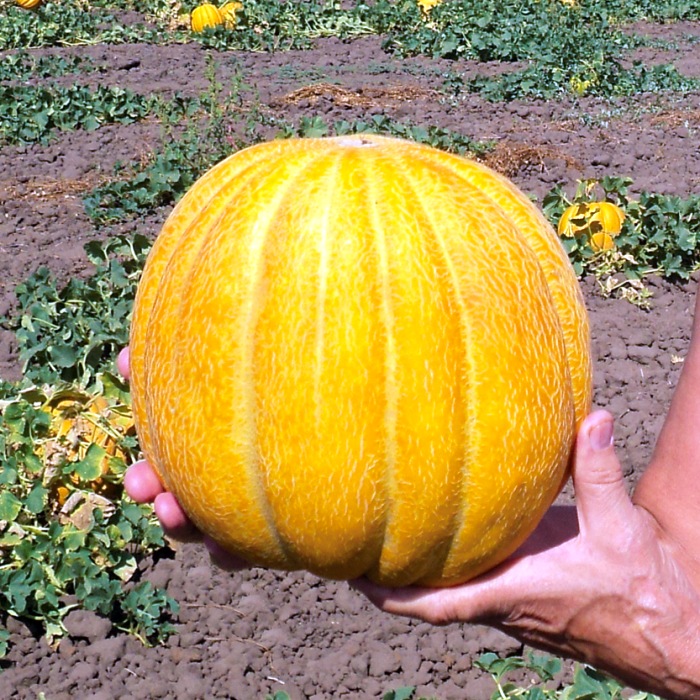

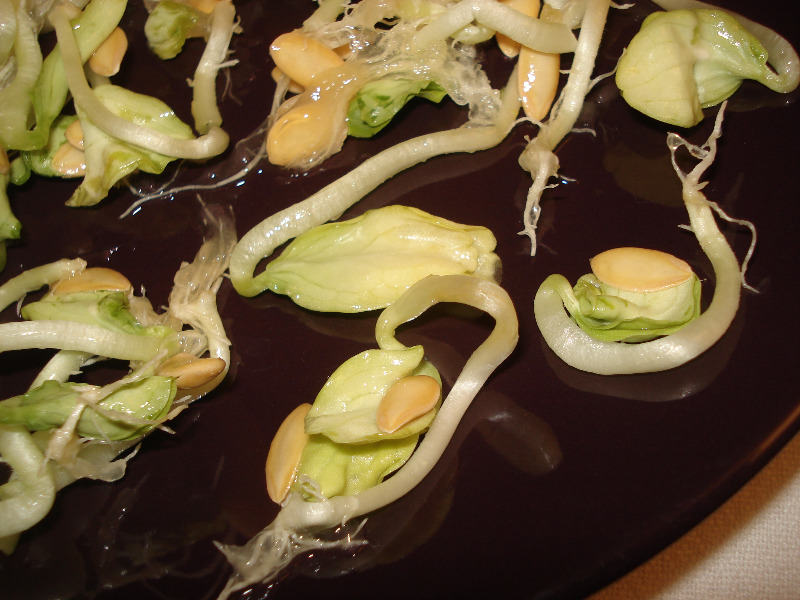
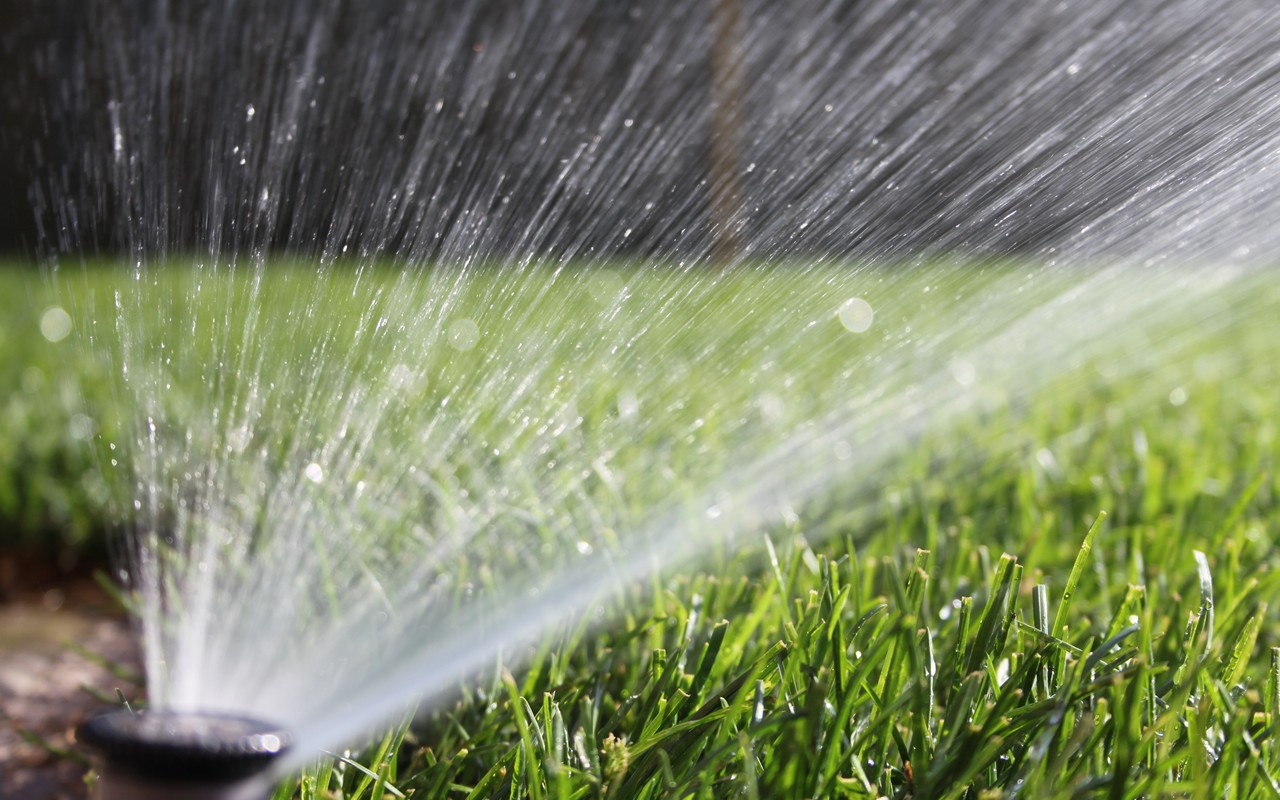
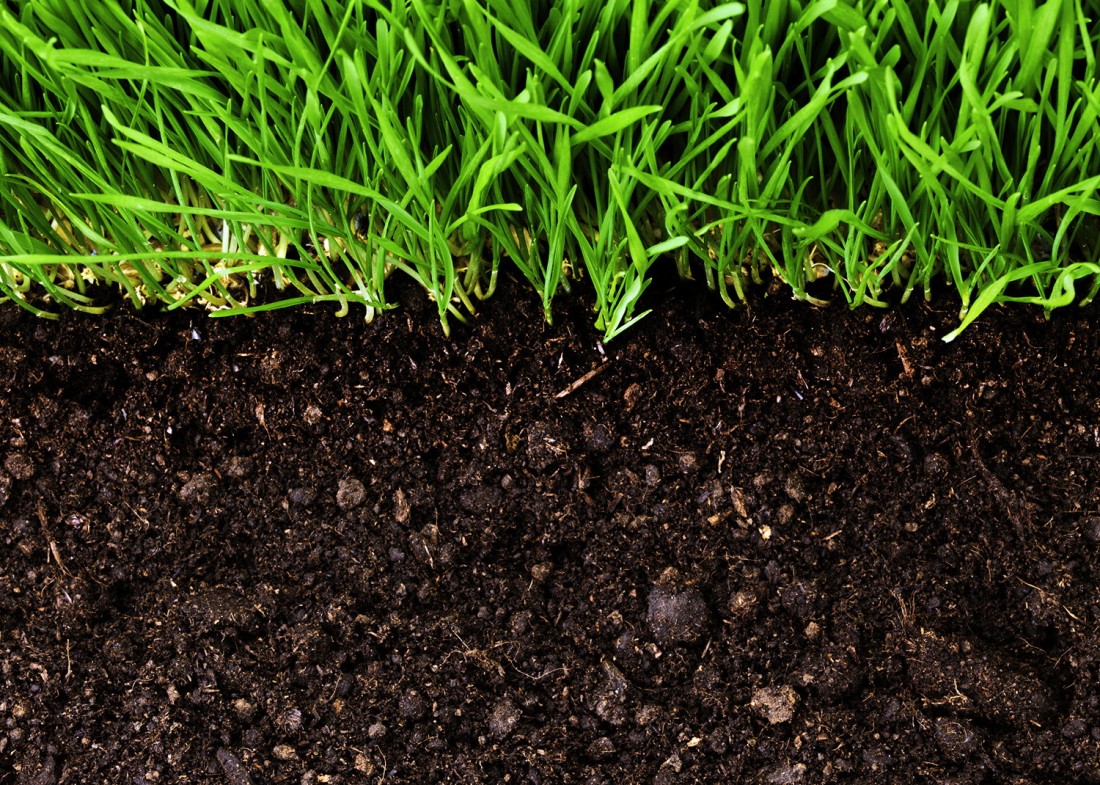
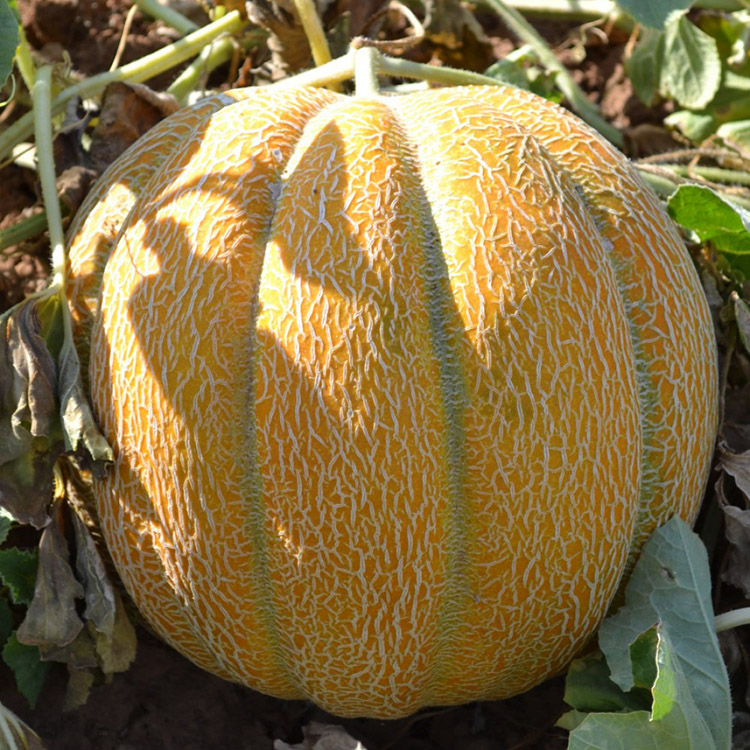
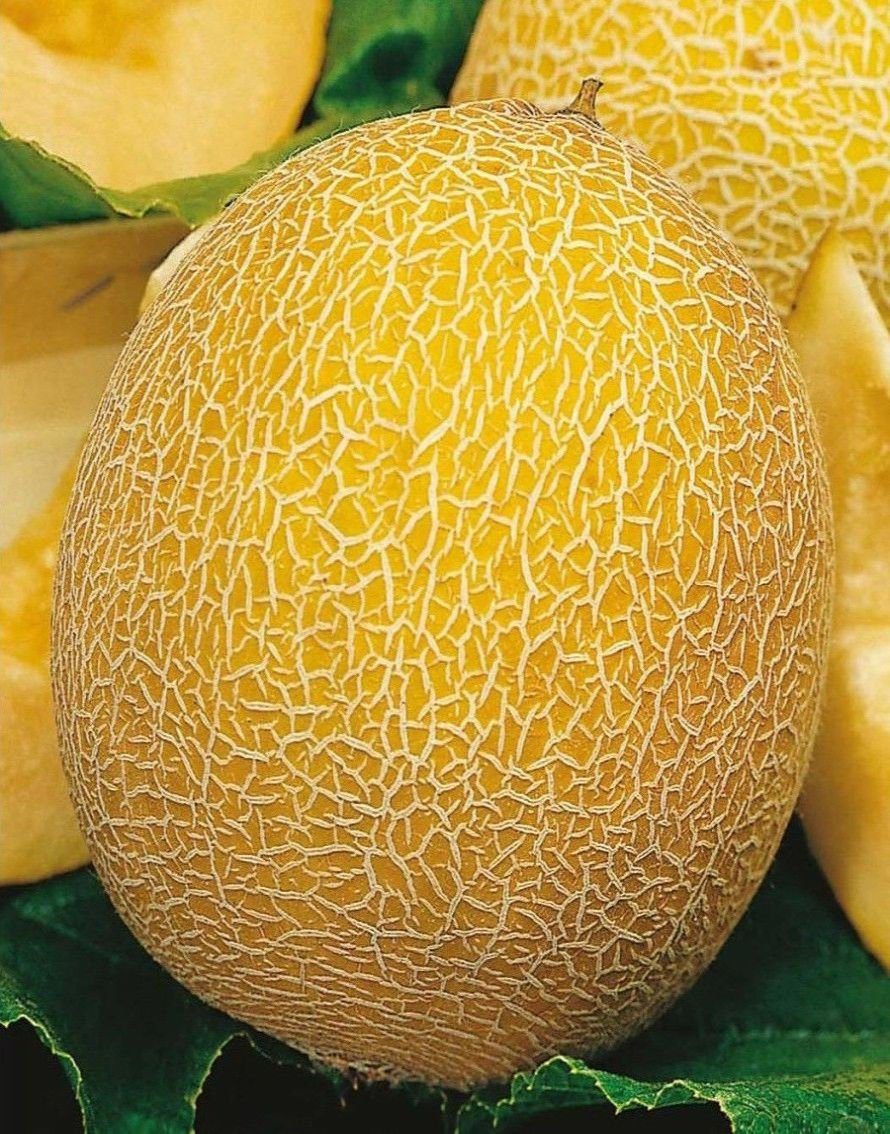
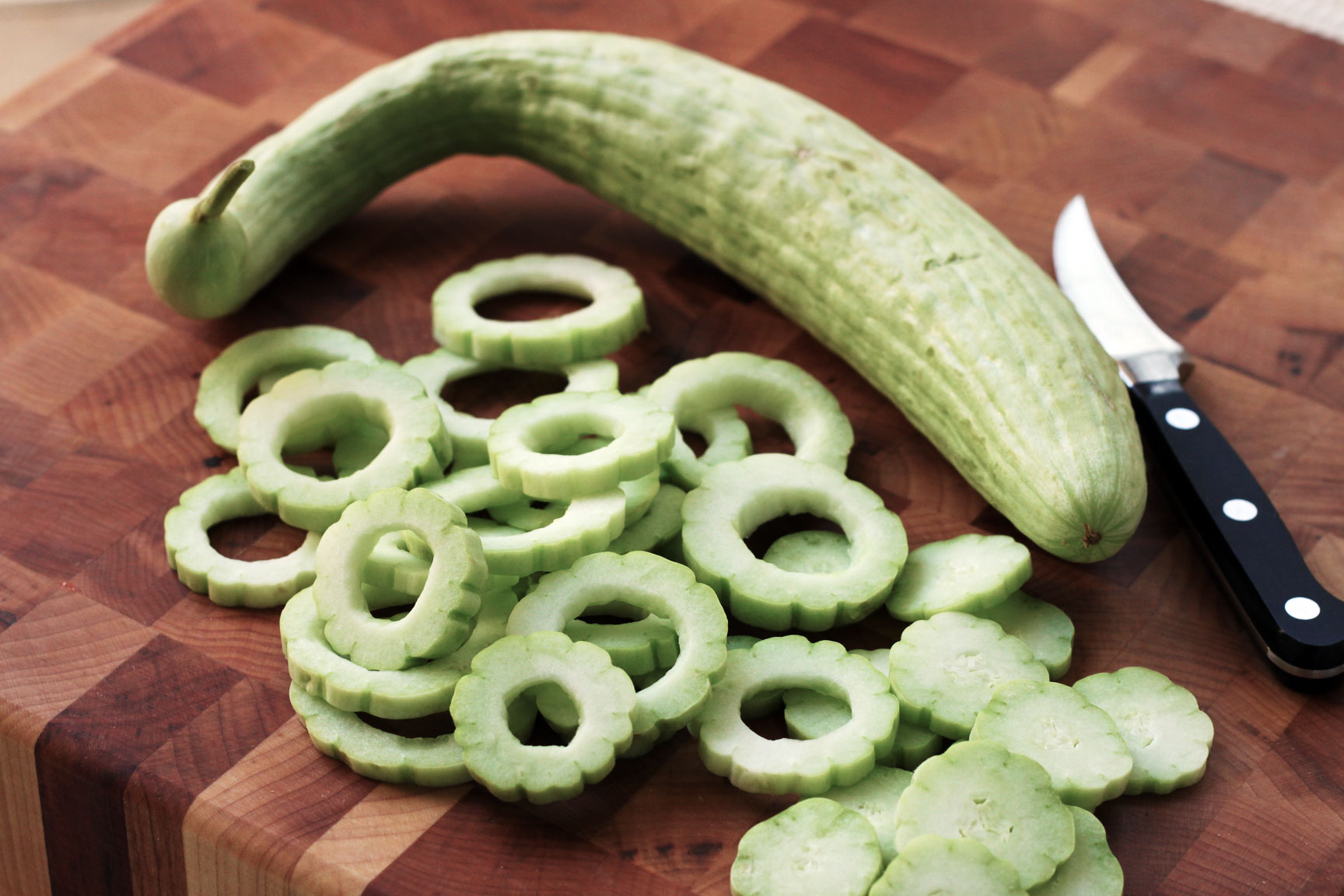

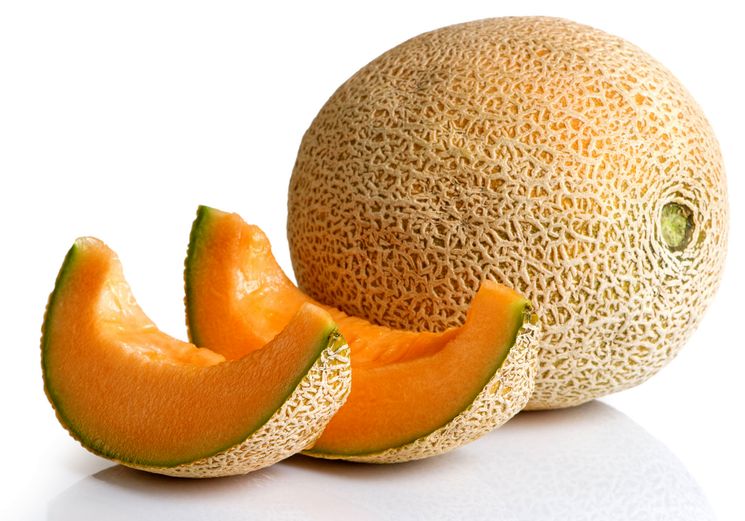

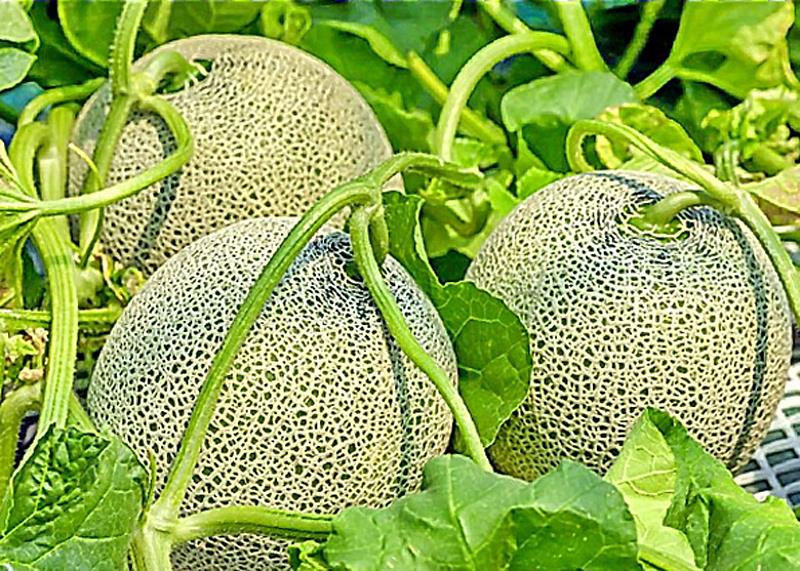







What a delicious melon it is, a mixture of melon and pineapple. A couple of times I tried to plant in the country, but each time to no avail. Now after the article, I understand why, I thought that she needed care like an ordinary melon. Watered on weekends when she came to the country, and on weekdays she stood in dry ground.
Yes, incredibly delicious melon! It is a pity that it cannot grow in the shade, I have no conditions for it. Otherwise I would grow it. Imported in our region are not very good. I come off in the summer in the village with my relatives.
I decided to try this melon this year and you know what I will say? This is the tastiest melon I have ever eaten. Yes, she needs a little different care and is more complicated. But it's worth it. The melon is incredibly sweet and big. I recommend
Ethiopian is my favorite melon for a reason, because it tastes much better than the rest. This is my subjective opinion.
Of course, the peculiarities of growing such a melon are somewhat different from other varieties, which must be taken into account if you want to grow Ethiopka yourself.
I planted Ethiopka for the first time this year. I expected, of course, much larger fruits. But it's good that at least I got these. What I love about her is that the ovary is guaranteed without pollination. The taste is enchanting!